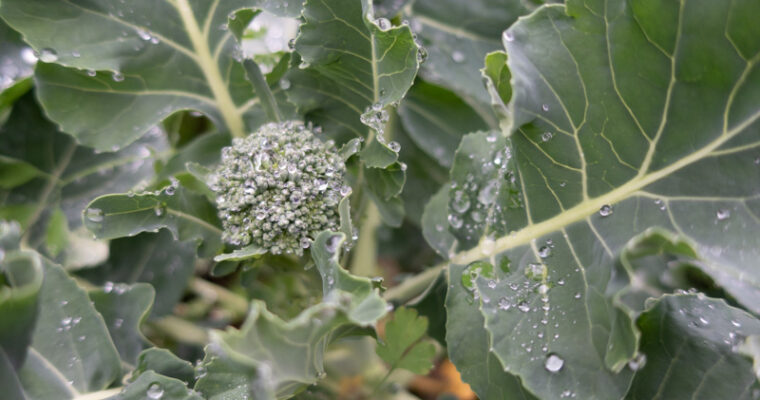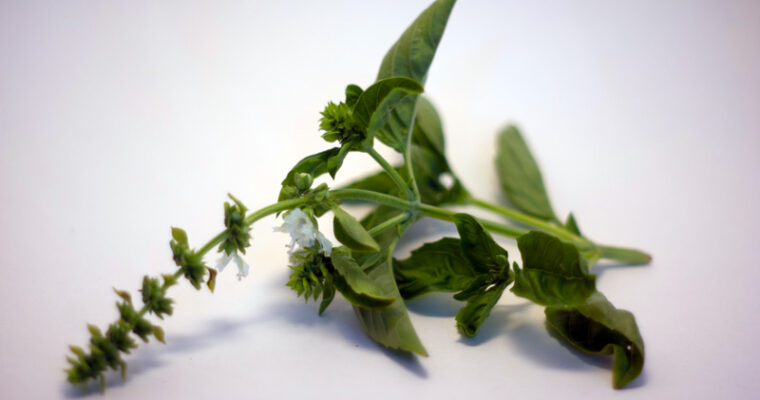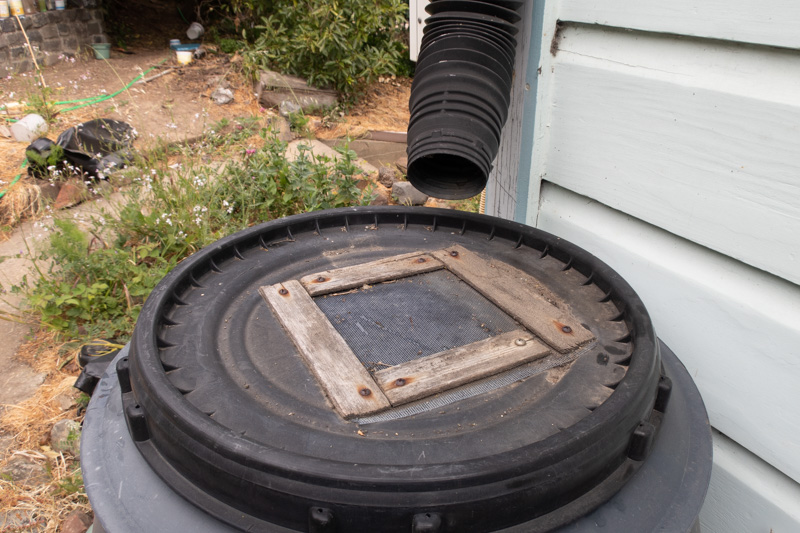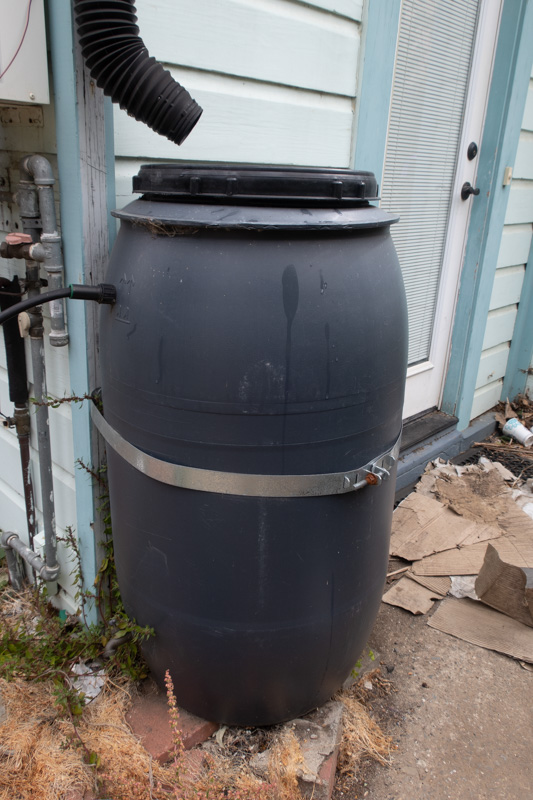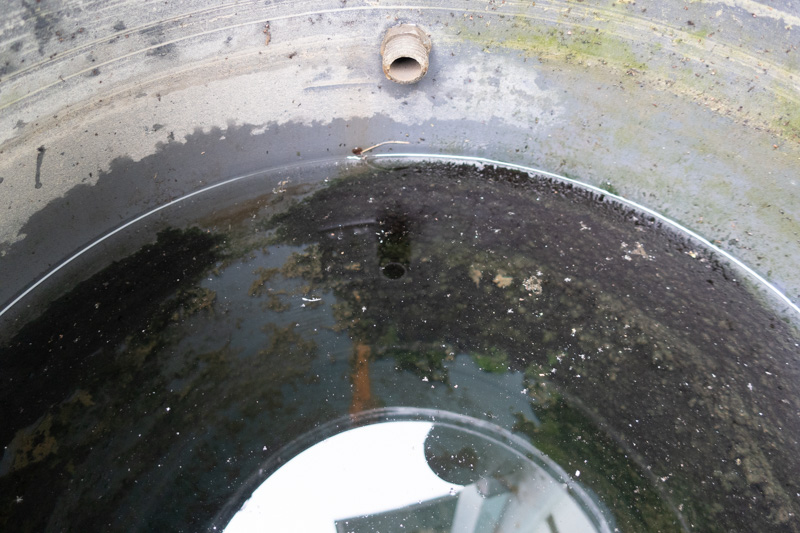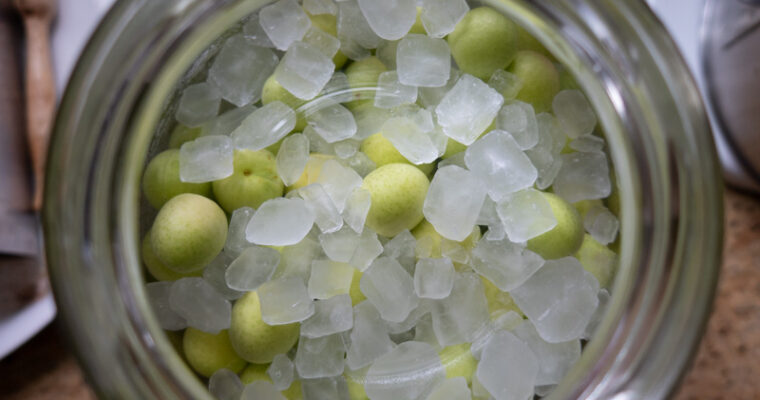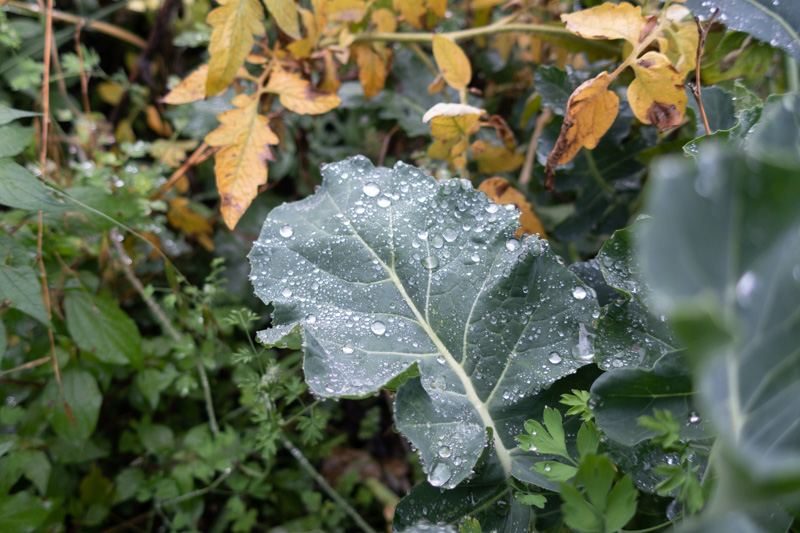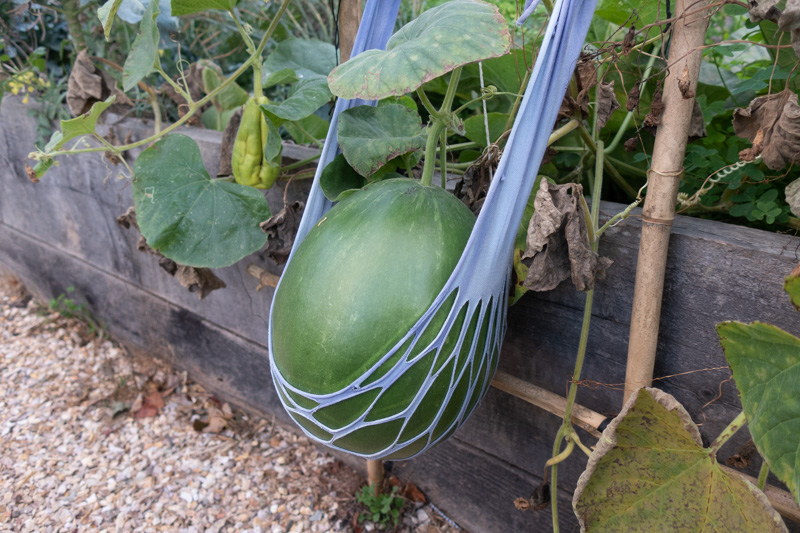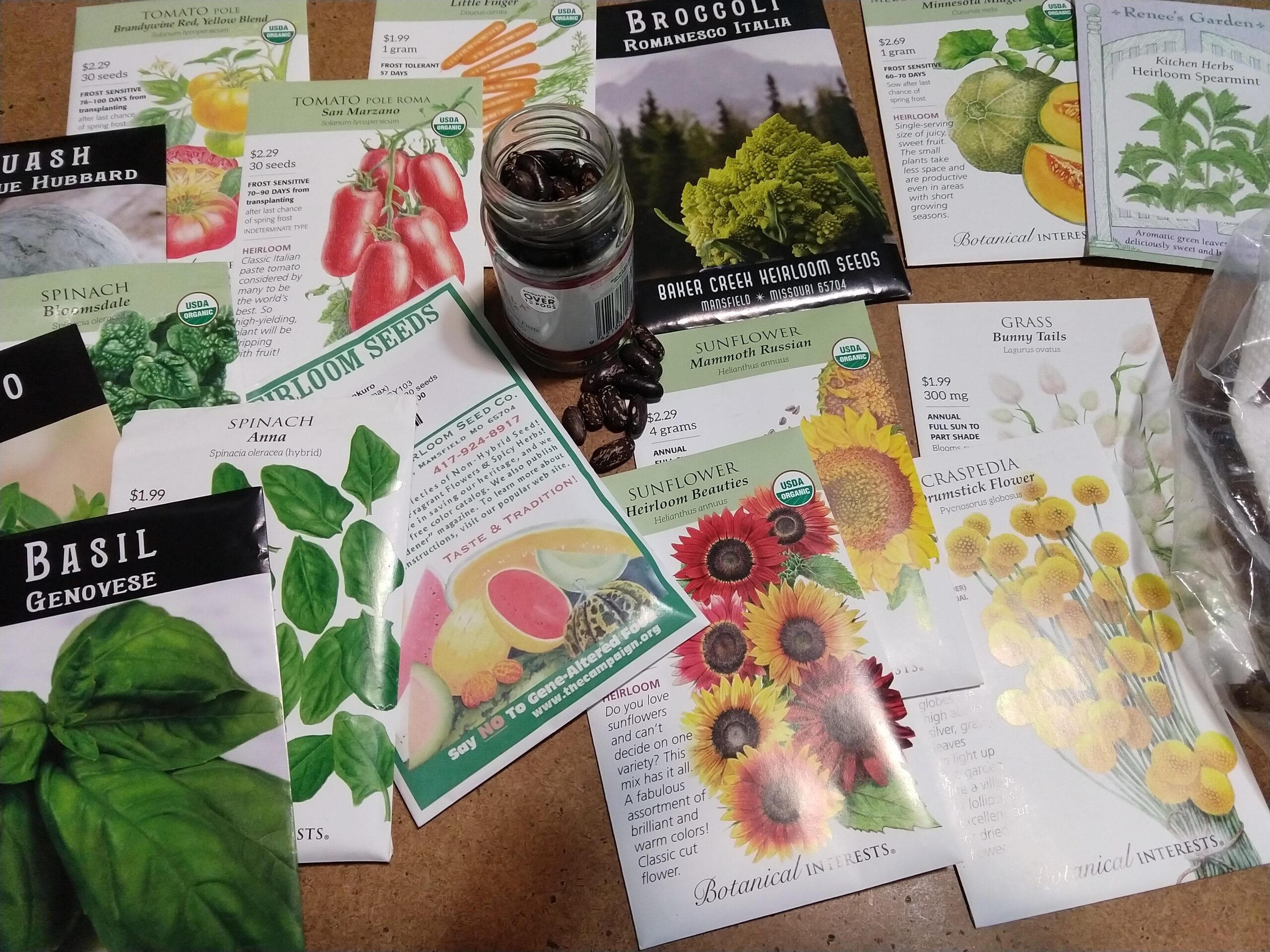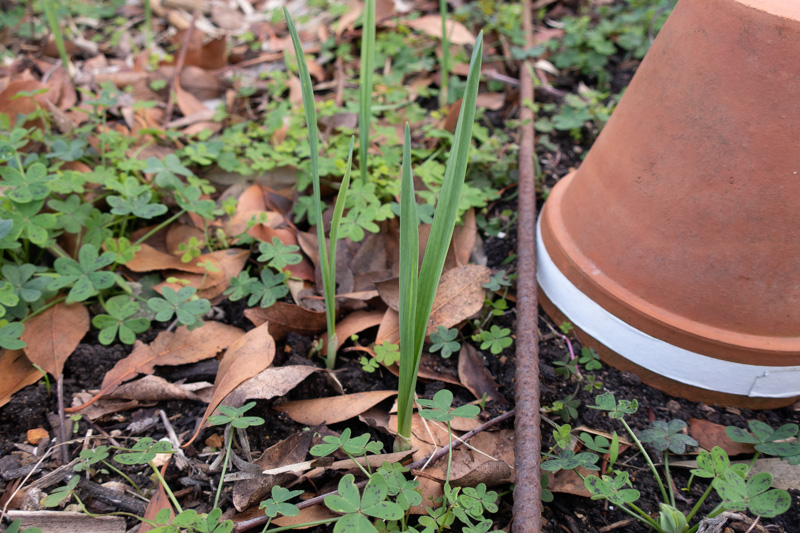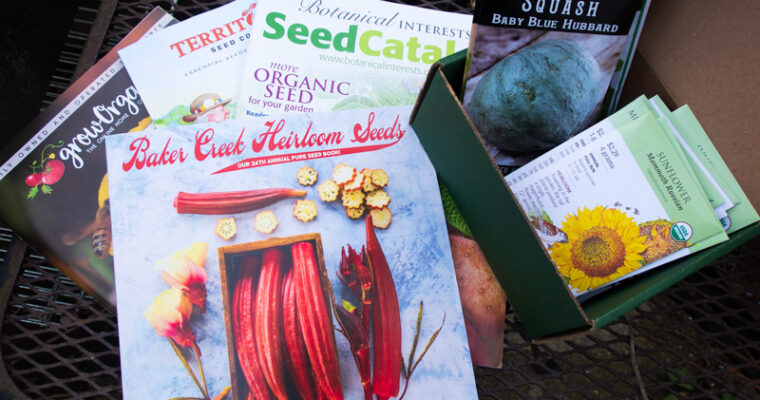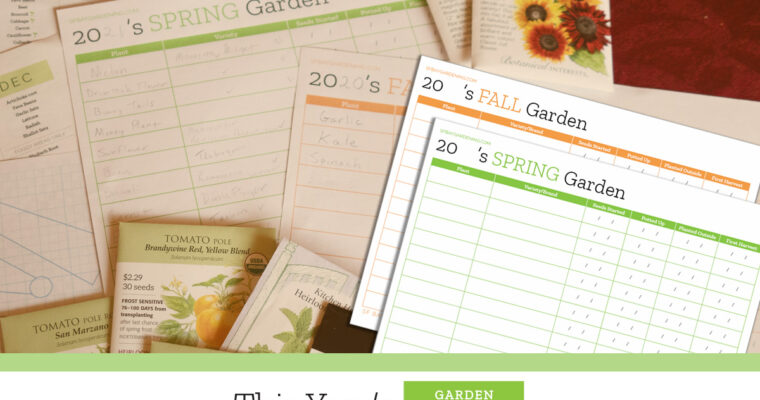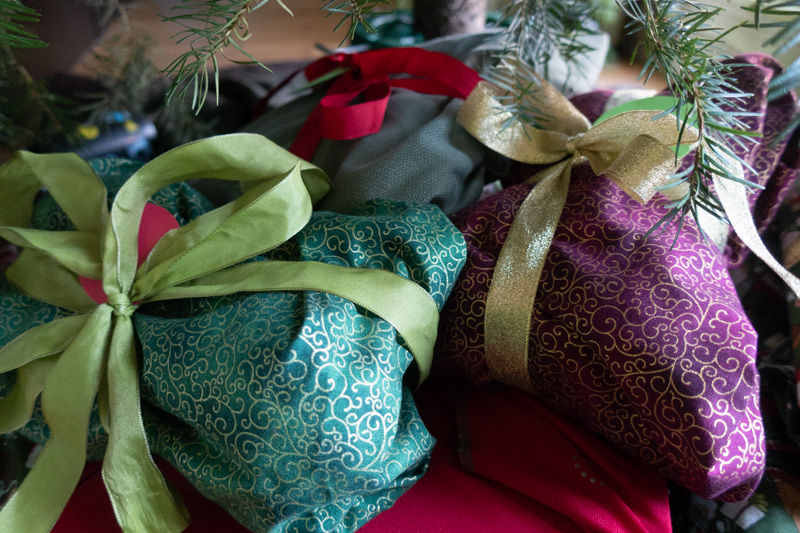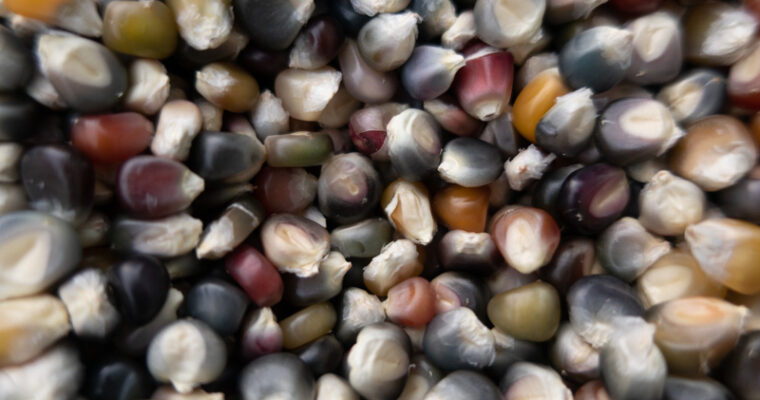I don’t talk about “big” subjects much. This is a gardening blog, and gardening is about taking care of little things, for yourself and your family. However, a year of global pandemic, epic wildfires close to home, extreme weather all around the world, and a frightening political landscape have changed that perspective. A better world is NECESSARY for our planet and our children’s’ future. The voting is over, but let’s continue to work for that better future in whatever ways we can.
I buy organic seeds, I don’t use harsh chemical pesticides or fertilizers in my garden, and I try to buy local when I can. In a pandemic, that last one is harder. We tend to do more from home–like ordering online. But how can we continue to help make the world better while (mostly) sitting on our bums? And how do we do this during the holidays?
Buy from B-Corps & Co-ops
I know I have Amazon links on this site–I am an affiliate of theirs–but I actually try to avoid buying things from them. And, I’m actively looking for ways to replace them on the site (suggestions welcome!). Not only are they just all too happy to drive smaller companies into dust, their CEO is richer than should be possible all the while treating their employees like animals.
When I buy things now for my family, I look for a company that isn’t about going IPO or making rich people richer. I look for B-Corps that give back to their world, or employee-owned companies that do what’s best for the people that work there. This holiday season, I’ll be trying to avoid Amazon and big-box companies. These are a few of my favorites:
This company came along at just the right time, at the beginning of the pandemic, and is basically everything Amazon isn’t. They sell books, and have a huge inventory. You can pick a local bookstore you love and a huge part of their profit will go to that bookstore. It’s that simple.
As it gets colder out, I really appreciate good, warm socks. Bombas has some unique sock designs for adults and kids, including sets perfect for gifting, and donates a pair of socks to organizations that help the homeless for every pair purchased.
They sell toilet paper and other paper products. The paper is either recycled or made from planet-friendly bamboo. In these strange times, a 48-pack of toilet paper would be a hilarious and welcome gift.
Not only does Gardener’s Supply Company give back to community gardening efforts, they also sell unique garden items, as well as items that are hard to find. I discovered their company when I needed lashing cord for making bamboo trellises and could only find it there. They have really nice items for gardeners, some that they themselves developed and produced, as well as gifts for everyone, like striking Amaryllis bulbs ready for a holiday table.
Buy Used
Used presents from Santa? YES! My kids didn’t bat an eye when they received used books and big boxes of previously-loved Barbies and her accessories. Maybe it’s because we buy so much cool stuff at thrift stores and yard sales. “New” stuff looks nice at all, but packaging is all trash. Plus, a whole box of another child’s collection of something is so much more impressive than one tiny new set.
Not only does Thriftbooks sell an amazing array of used books to help the environment and your pocket, they also buy books from libraries and sell books at a discount to correctional facilities. Last year, I was able to buy whole sets of my child’s favorite books series’ for a fraction of their full-price cost. They also sell DVDs, Blue-Rays, and Video Games!
Thrift Stores
If it weren’t for Covid-19, this option would be a no-brainer. But, you can still buy from thrift stores online:
Goodwill: https://www.shopgoodwill.com/
Salvation Army: https://www.shopthesalvationarmy.com/Browse
Neighborhood Groups & Craigslist
Facebook and Nextdoor are actually good for something besides locating lost cats: finding free or inexpensive second-hand items from your neighbors. Throughout the pandemic we’ve found a bounty of home and garden items, toys, and books.
Ebay
Collectibles & weird items are only part of what you can find on Ebay. You can also get DVDs, CDs, or whole lots of used toys. They’ve got new stuff, old stuff, red stuff, blue stuff, and everything in between. Retired Elves Lego sets? Yep. Posters from your kid brother’s favorite movie from the 80’s? You betcha.
Buy Small
Etsy
Buy from individuals on Etsy instead of from big stores. Etsy is way more than handmade and custom items these days–it can also be a great source of crafting supplies. I found elastic and nose guards for masks here, and floss when I started my embroidery quarantine hobby, all from small “shops” that are really just one person.
Local Businesses
Mask up and be safe while you do it, or call the store and see if they offer other options. They won’t have the same online shopping & store-pickup experience as Target or other big-box stores, but they may just be able to accommodate what you require. It never hurts to ask!
Charities
Is your local Lions Club selling Christmas Trees by delivery? Mine is, and I will be buying our tree from them. Our schools also have online fundraising for things like Art Kits, books, and even general shopping online.
…Just Don’t Buy from These Jerks (if you can help it)
I don’t want to say stress yourself out avoiding companies that make things easier, especially if you are schooling your kids at home or caring for relatives. We’re all dealing with so much right now. So I say, start with the good companies first, and then only shop at these if you really can’t justify the expense or shipping time:
Walmart/Sam’s Club
This is the WORST company out there. I watched them come into my hometown in PA as a kid and basically drive a thriving small-business area into ruin (there was a shoe store that had a talking Myna bird. A talking bird was magical to me. And Walmart destroyed that). And then they shut down THAT Walmart and built another, so there’s this deadzone of little stores next to the dead Walmart. They also pay workers as little as possible and sell cheap crap. Screw them.
Amazon
I’ve already ranted above about them. If you DO choose to purchase something from them, be sure to find a charity on smile.amazon.com and then always shop from that URL instead of just amazon.com — a (super small) portion of your purchase goes to that charity. If you can’t find a charity you like, why not add your closest local school?
